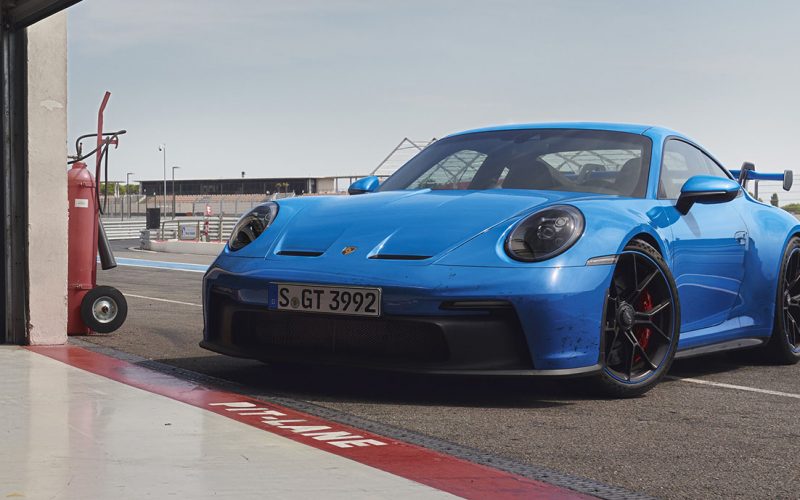
Reading Time: 5 minutesPorsche Canada has just released pricing for the all-new 502-horsepower 2022 911 GT3, which will start
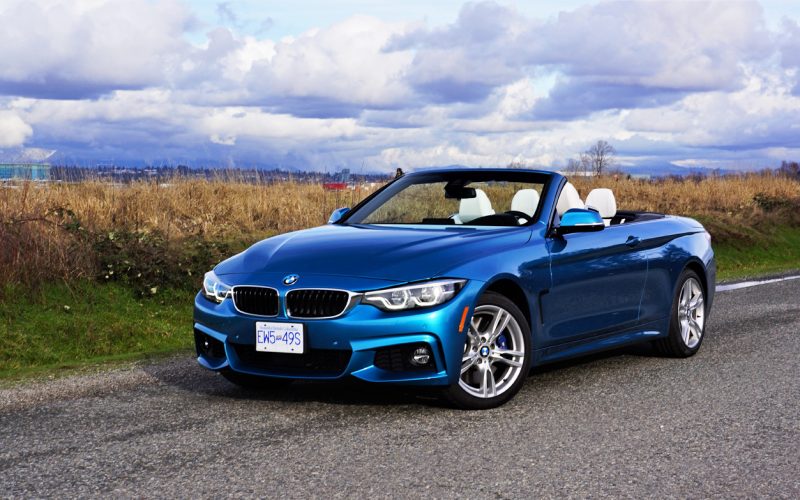
Reading Time: 10 minutesAfter doing an exhaustive preview of the 2021 G80 M3 Sedan and G82 M4 Coupe that
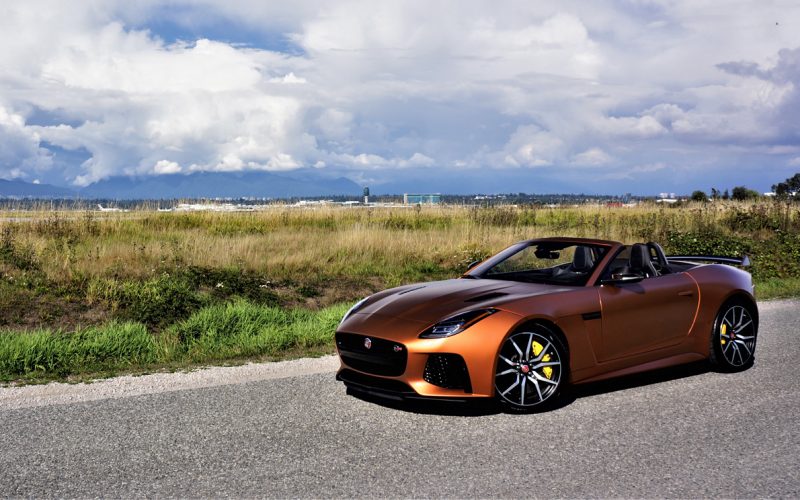
Reading Time: 7 minutesWhen choosing a sports car, plenty of variables come into play. Is it all about styling
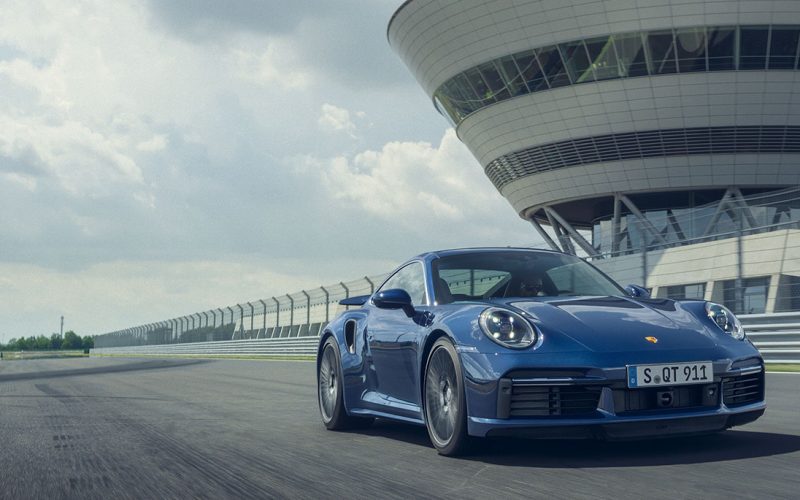
Reading Time: 4 minutesPorsche wowed performance car fans with its shockingly quick 2021 911 Turbo S back in April,
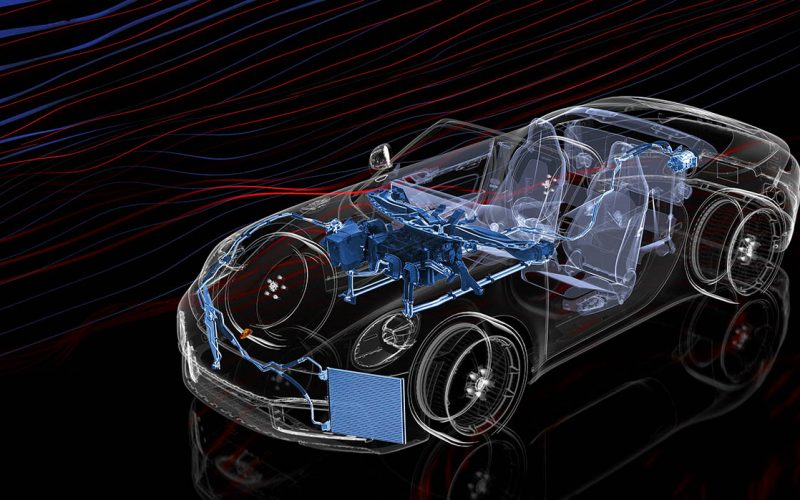
Reading Time: 2 minutesLooking at today’s Porsche 911 makes it hard to believe its predecessors once used no-draft windows
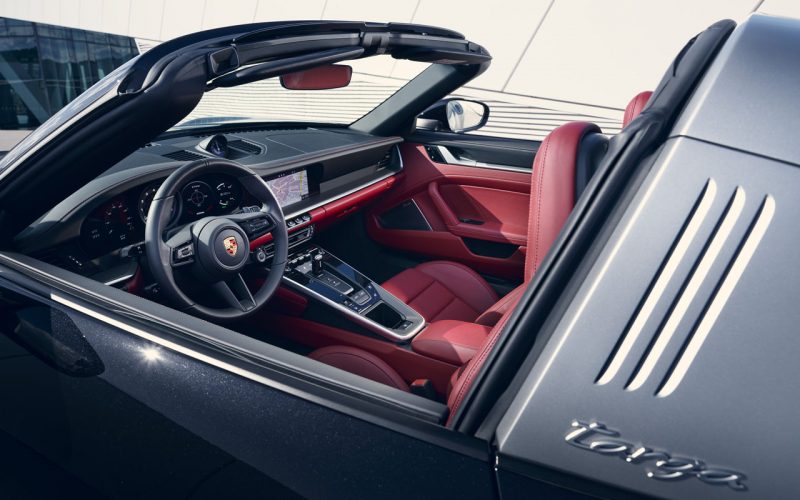
Reading Time: 8 minutesWith the redesigned 992-generation Porsche 911 Coupe and Cabriolet body styles now widely available, and plenty
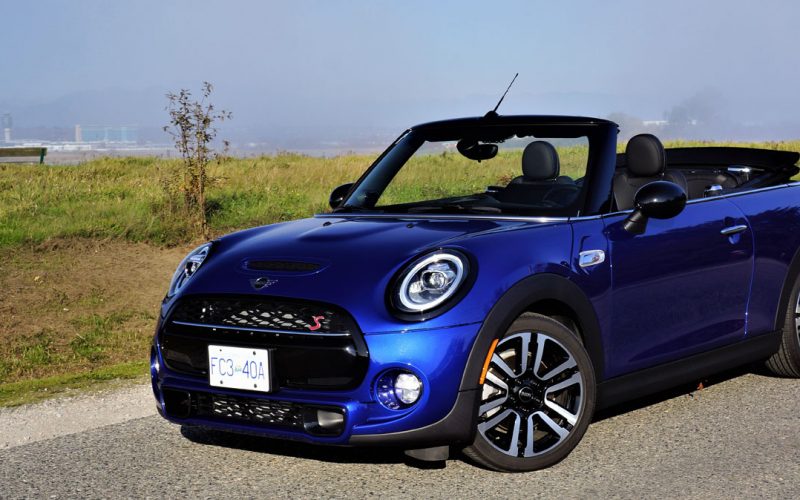
Reading Time: 10 minutesMini is one of those brands that I almost completely forget exists until one of their
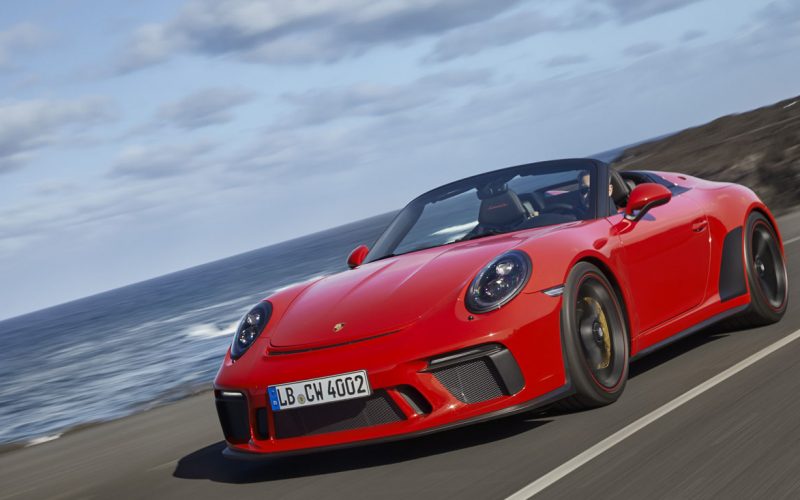
Reading Time: 5 minutesPorsche celebrated its 70th birthday by launching a sensational rendition of its first ever car, the
© 2025 The Car Magazine. All Rights Reserved, Privacy Policy | Terms of Use